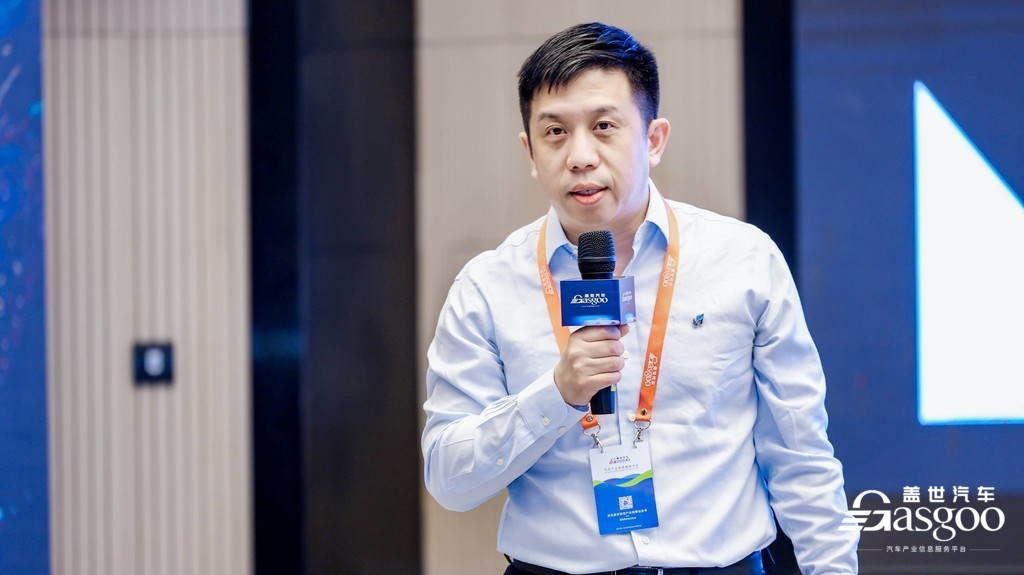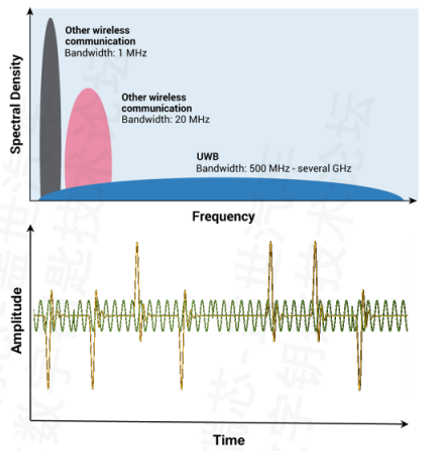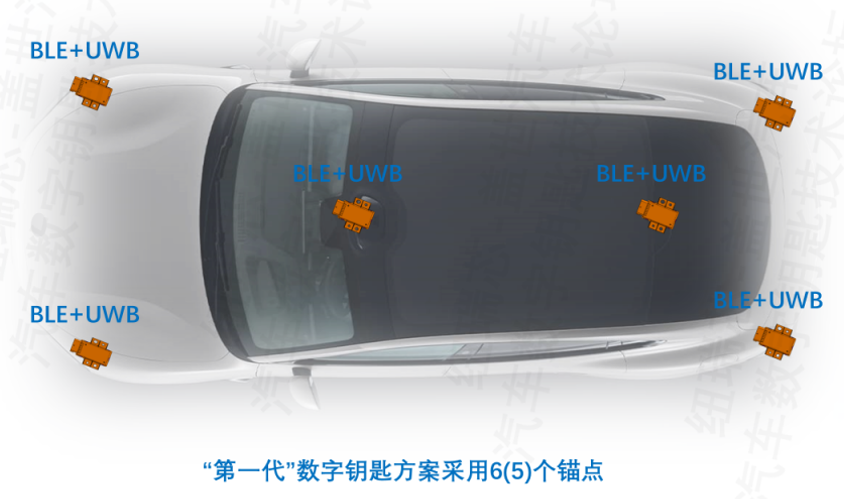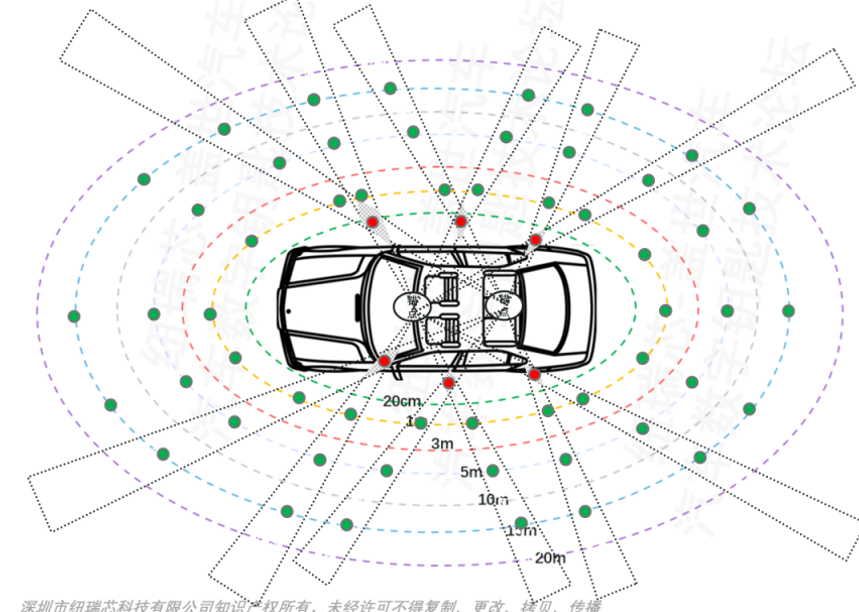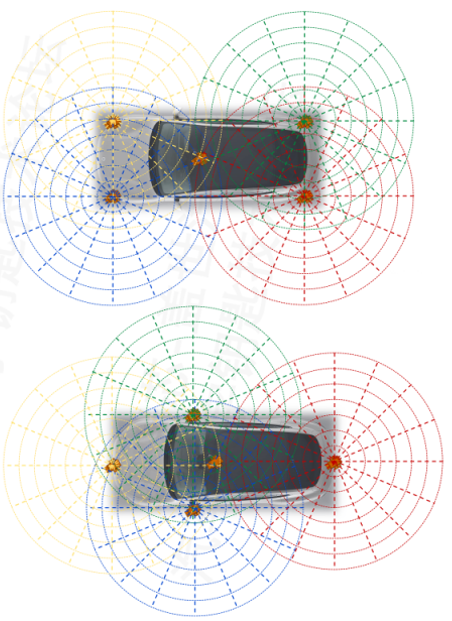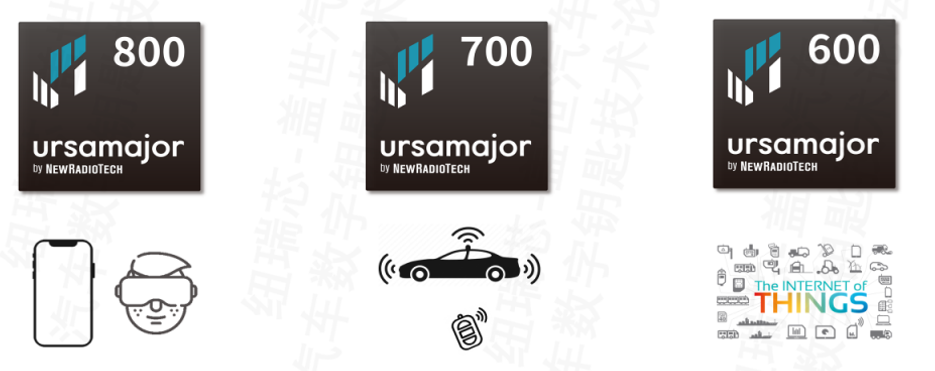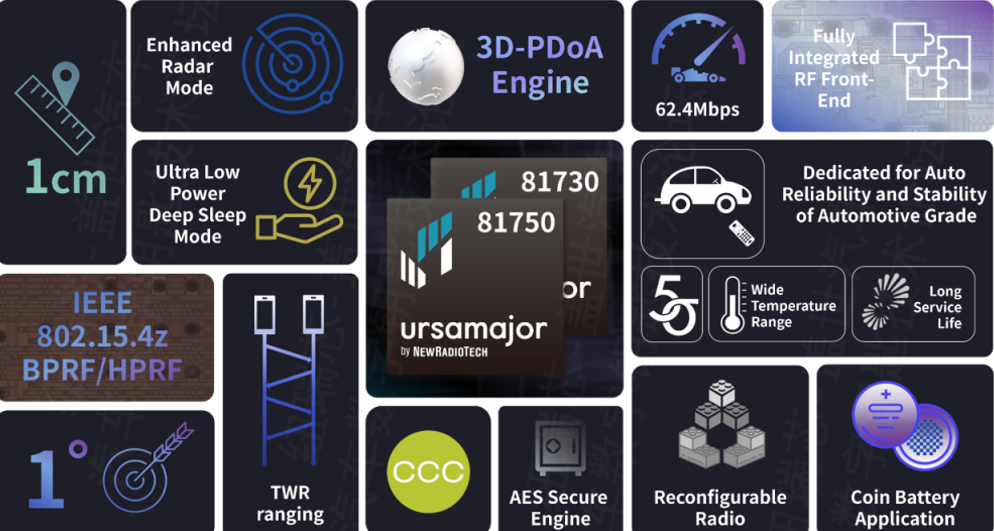The year 2023 marks a breakthrough for UWB technology in automotive applications. UWB players actively engage in implementing digital keys. This application stands out with vast market potential. Companies like Geely, BYD, and NIO have joined the UWB digital key movement. Industry experts call this the “year of UWB digital key implementation.” At the 2024 Automotive Digital Key Technology Forum, Dr. Chen Zhenqi, co-founder and CTO of NuriChip, stated, “This year will see a surge in UWB applications.” What advantages does UWB have over NFC and Bluetooth? In what scenarios can it be used? What challenges arise during vehicle entry? What automotive-grade product solutions exist today? In his presentation on “Innovative Practices of UWB Technology in Automotive Digital Keys,” Dr. Chen answered these questions based on NuriChip’s UWB chip experiences.
UWB stands for Ultra-Wideband technology. It is a wireless communication technology. UWB transmits data by sending and receiving extremely narrow pulses. These pulses last nanoseconds or even sub-nanoseconds. One information bit maps to hundreds of pulses. This results in a wide spectrum range.
Dr. Chen Zhenqi believes that UWB technology will become the most widely used, promising, and valuable new technology in wireless communication. This statement highlights UWB’s technical advantages. First, UWB achieves high precision, centimeter-level positioning. Its ranging, radar positioning, and sensitivity all correlate with signal bandwidth. UWB can reach a minimum bandwidth of 500 MHz, outperforming common communication standards like BLE, WiFi, and 5G. Second, UWB uses short pulse signals. Compared to IEEE 802.11a, IEEE 802.11b, and BLE, UWB offers stronger anti-interference capabilities at the same bit rate. Its single-cycle pulses have very short durations and low duty cycles, allowing for effective separation of multipath signals. This strength makes UWB suitable for complex indoor environments. Finally, UWB technology has inherent security. Its safety features include time-hopping spread spectrum. The receiver can only decode the transmitted data if it knows the sender’s spread spectrum code. Additionally, UWB’s low power spectral density prevents traditional receivers from capturing its signals. Overall, UWB combines communication, positioning, and sensing advantages. It represents a new technology for integrated sensing. In the smart car sector, UWB applications include digital keys, liveness detection, kick radar, wireless charging, and autonomous valet parking. Digital keys have emerged as the mainstream application and have begun commercial deployment in recent years. Development and Application Challenges of Automotive Digital Keys The automotive industry has a century-long history. Car keys have gone through four stages of development. The first stage involved mechanical keys. The second stage introduced remote keys in the 1980s and 1990s, using radio signals to unlock or lock vehicles from a distance. The third stage began in the early 21st century with the rise of smart keys. These keys allowed keyless access and unlocking, with decent positioning accuracy. As smartphones evolved, consumers embraced digital life. Due to technical limitations, smart keys could not integrate into smartphones. This gap created a demand for digital keys. The industry began focusing on innovations in digital key technology. Currently, digital keys mainly use NFC, BLE, and UWB technologies. According to Dr. Chen Zhenqi, NFC has a high penetration rate in CCC2.0 installations on new models. Meanwhile, BLE and UWB digital key solutions are rapidly being adopted. BLE has become a standard feature in smartphones. Therefore, BLE digital keys can achieve comprehensive support on mobile devices. However, traditional BLE still lags in positioning accuracy and security. To address this, BLE technology seeks to enhance its capabilities through Star Flash, which significantly improves positioning accuracy. Typically, BLE digital keys are demonstrated in open spaces. However, the 2.4G frequency band of BLE is a narrowband signal. In obstructed or underground environments, even with Star Flash enhancements, coverage remains insufficient. The signal is prone to interference and multipath effects. In contrast, UWB excels in interference resistance and multipath performance. Cost-wise, Bluetooth is cheaper than UWB. In the supply chain, the key upstream component for UWB technology is the chip supplier. In recent years, domestic UWB chip companies have accelerated their efforts. Some firms, like Nuri Chip, have achieved mass production of automotive-grade UWB chips. They have broken the monopoly of international manufacturers and significantly reduced UWB costs. However, UWB technology requires high initial investment, leading to some gaps. Overall, UWB market penetration remains low. Yet, it is in a rapid growth phase. UWB digital key applications now cover recognition areas, welcome areas, locking areas, and driving areas.
Cost reduction and efficiency improvement: Nuerxin’s second-generation UWB digital key solution The automotive industry prioritizes cost reduction and efficiency. Statistics show that the cost of a UWB digital key used to be 1,000 yuan (140$). Now, it has dropped below 500 yuan (70$). This significantly reduces the cost per vehicle. The first-generation digital key solution relied on five or six anchor points, which were expensive. Introducing UWB technology into mid-range vehicles effectively reduces costs. Currently, vehicles priced between 100,000 and 200,000 yuan (27500$) hold a large market share, while UWB technology is limited to models around 300,000 yuan (41240$).
Dr. Chen Zhenqi stated that for the proposed plan, we must first reduce the number of anchor points from 5-6 to 1-2. Theoretically, a single AOA anchor point can achieve positioning for the entire vehicle and all scenarios. However, it also brings many issues. For example, placing a single anchor point inside the vehicle creates shadow areas behind pillars A, B, and C. This results in difficulties in positioning multiple shadow regions. Additionally, when external obstructions occur, we face challenges in positioning due to these obstructions.
Adding a second anchor point for dual AoA inside the vehicle can effectively address the obstructions caused by the A, B, and C pillars. However, the dual AoA anchor point solution still faces challenges. The placement of anchor points is limited. Locating obstructed scenes is relatively difficult. UWB ranging can still provide effective measurements in obstructed scenarios. However, if the angle is blocked, the angle information becomes nearly unusable. Additionally, high-end car customers prefer metallic films. If we install interior anchor points, we cannot apply the metallic film properly.
NuriChip proposed the “second generation” digital key solution. This solution maximizes UWB’s capabilities. It adds angle measurement functionality to each anchor point in traditional digital key schemes of “4+1” and “4+2.” This enhancement improves user experience.
Dr. Chen Zhenqi stated, “In previous scenarios, each anchor point only measured distance. Only 2 or 3 anchor points could form stable positioning. Now, we add angle information. Without reducing the number of anchor points, even in obstructed situations, one anchor point can achieve stable positioning. This significantly improves positioning accuracy and obstruction capability. It also solves issues with window and signal obstructions.” He also mentioned, “In addition to lowering chip costs, we can achieve cost reduction by adding more functions to the digital key solution.” First, after adding angle information, we replace “4+2” with “4+1.” We also increase flexible layouts in distance measurement scenarios. By using triangulation, we can add UWB anchor points at the vehicle’s four corners. With angle measurement, we can achieve a cross layout. Tesla exemplifies a multi-anchor layout, utilizing positioning signals and reusing NFC and Bluetooth to reduce the number of anchor points. Second, beyond the digital key, UWB adds more functions, including positioning, radar, communication, and payment. This allows one system to integrate multiple functions, achieving broader cost reduction while enhancing user experience. More vehicles can adopt UWB systems, connecting with smartphones. Comprehensive testing accelerates UWB technology in vehicles. NuRayChip aims to lead in wireless communication chips. Currently, the company focuses entirely on UWB technology and emphasizes chip testing. Five chips have passed FiRa testing. Through FiRa 2.0, HPRF, and 1-to-many modes, we have the largest number of UWB chips certified by the FiRa Alliance globally. NuriChip is the first company in the world to independently design and commercialize UWB SiP systems. The Ursamajor series features high-performance, highly integrated, low-power UWB SoC/SiP chips. These chips suit various applications, including smartphones, smart cars, smart homes, and wearables. The products support a full ecosystem and all modes. They comply with FiRa and CCC alliance protocols. They are compatible with IEEE 802.15.4z and IEEE 802.15.4-2020 protocols. They meet China, FCC, ETSI, and JPN UWB radio standards. The products cover all channels from CH1 to CH15 and align with the latest UWB standards from the Ministry of Industry and Information Technology. Dr. Chen Zhenqi states that NuriChip’s UWB chips achieve the industry’s largest bandwidth of 1.3GHz and the highest sampling rate of 4GSpS. They deliver high-performance ranging, radar sensing, and high-speed data transmission on low-cost, low-power chips. NuriChip also introduces a UWB ultra-low-power wake-up receiver (WUR) with excellent multipath resistance. In key performance parameters, NuriChip’s second-generation industrial-grade products achieve a ranging accuracy of below 0.5 centimeters, while the first-generation automotive products reach about 1 degree and 1 centimeter. At full power, ranging can exceed 300 meters. The angle measurement covers the entire space, with a dynamic range exceeding 40dB. The radar sensitivity reaches -133dBm. NuRayChip’s Ursamajor includes three series: Ursamajor800, Ursamajor700, and Ursamajor600.
The Ursamajor 700 series features fully independent automotive-grade designs. It specializes in various UWB applications for automotive electronics. The series includes two chips: NRT 81750 and NRT 81730. Both chips offer high security and low power consumption.
Looking ahead, UWB cars will make up 15% of total automotive shipments by 2026. By 2030, that figure will rise to 40%. Dr. Chen Zhenqi stated that NuReeChip has partnered with over 30 Tier 1 manufacturers and established business connections with more than 10 domestic automakers. In the future, UWB digital keys will enable more applications like personalized settings, vehicle sharing, shared cars, and fleet management. NuReeChip will focus on providing high-performance UWB positioning chips. The company will fully support digital car keys, CPD breathing detection radar, and kick radar applications, helping industry partners enhance the smart mobility ecosystem.
